
Rocket in Drag
 المؤلف:
Sidney B. Cahn, Gerald D. Mahan And Boris E. Nadgorny
المؤلف:
Sidney B. Cahn, Gerald D. Mahan And Boris E. Nadgorny
 المصدر:
A GUIDE TO PHYSICS PROBLEMS
المصدر:
A GUIDE TO PHYSICS PROBLEMS
 الجزء والصفحة:
part 2 , p 12
الجزء والصفحة:
part 2 , p 12
 3-9-2016
3-9-2016
 1556
1556
Rocket in Drag
A rocket has an effective frontal area A and blasts off with a constant acceleration a straight up from the surface of the Earth (see Figure 1.1).

Figure 1.1
a) Use either dimensional analysis or an elementary derivation to find out how the atmospheric drag on the rocket should vary as some power(s) of the area A, the rocket velocity v, and the atmospheric density ρ (assuming that we are in the region of high Reynolds numbers).
b) Assume that the atmosphere is isothermal with temperature T. Derive the variation of the atmospheric density ρ with height z. Assume that the gravitational acceleration g is a constant and that the density at sea level is ρ0.
c) Find the height h0 at which the drag on the rocket is at a maximum.
SOLUTION
a) Use dimensional analysis to derive the drag force F on the rocket:
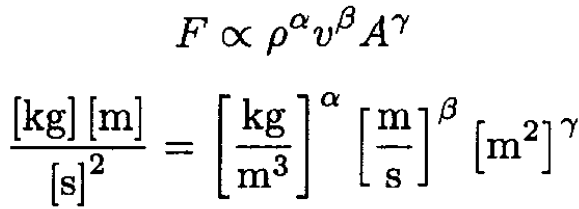 (1)
(1)
We then have
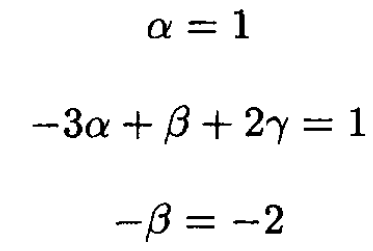 (2)
(2)
So α = γ = 1, β = 2, and
 (3)
(3)
This formula is generally correct for high Reynolds numbers; for low Reynolds numbers we have Stokes’ law:
 (4)
(4)
where η is the viscosity and is the radius.
b) For an isothermal atmosphere, take a column of air of height dz and area
A. The pressure difference between top and bottom should compensate the weight of the column:
 (5)
(5)
or
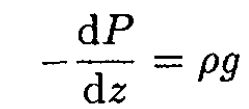
Using
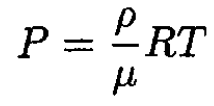 (6)
(6)
where μ is the molar weight of the air, and substituting (6) into (5), we obtain
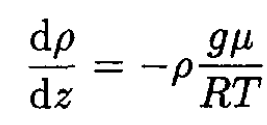 (7)
(7)
Therefore,
 (8)
(8)
c) At a height h we have, from (3),
 (9)
(9)
where we used v2 = 2ah for uniform acceleration. Now, the maximum force is defined by
 (10)
(10)
So, assuming that the average temperature for the isothermal atmosphere T = 250 K, we find
 (11)
(11)
 الاكثر قراءة في مواضيع اخرى
الاكثر قراءة في مواضيع اخرى
 اخر الاخبار
اخر الاخبار
اخبار العتبة العباسية المقدسة


